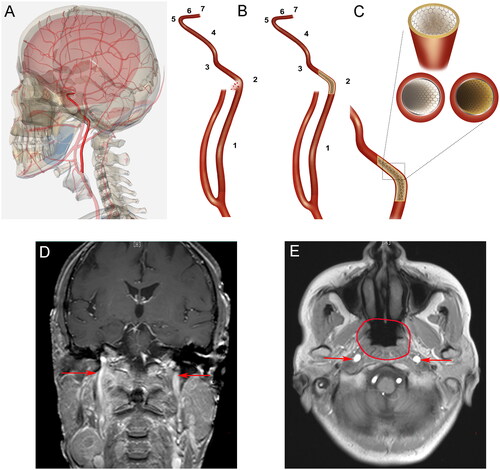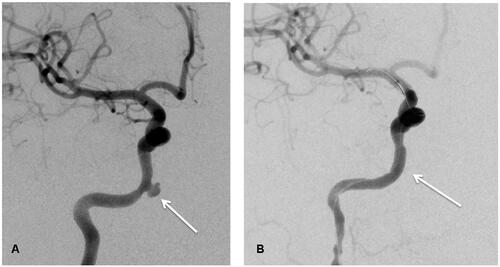Figures & data
Table 1. Recent reports on radiotherapy for recurrent nasopharyngeal carcinoma.



